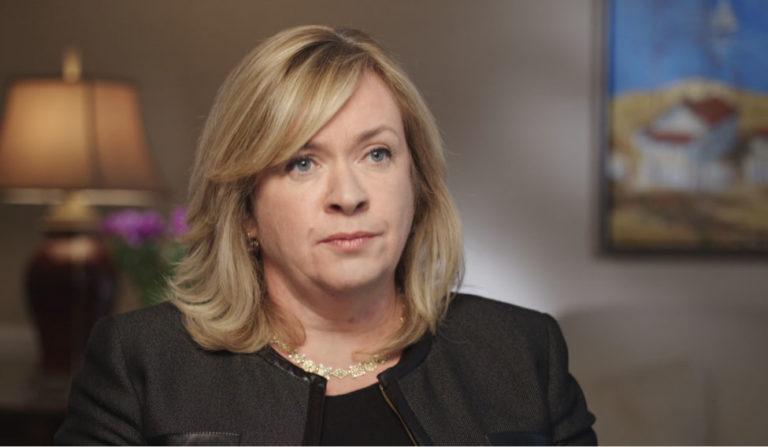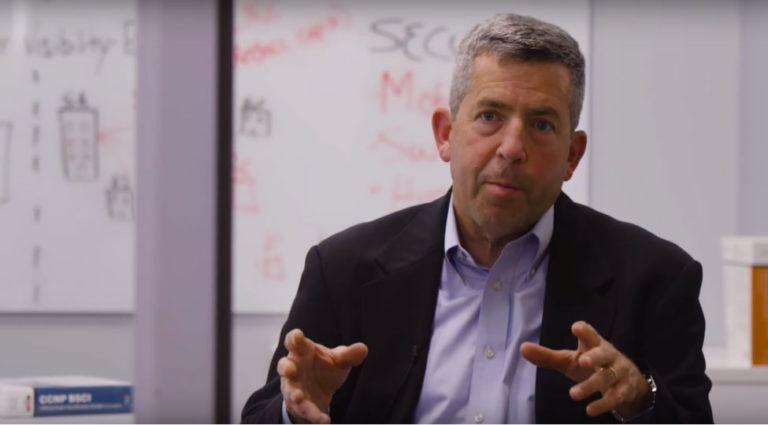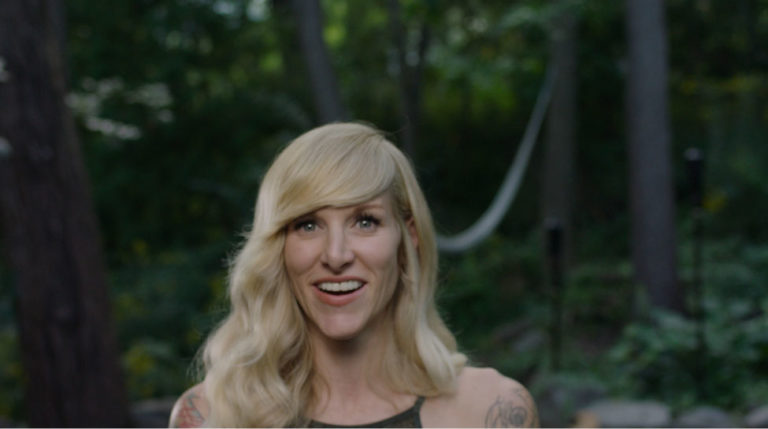Over the years my creative team and I have conducted hundreds of interviews for marketing films and videos. Not one of us had any kind of formal training in journalism; but, in the time-honored tradition of fake it ‘til you make it, we learned on the job, becoming better storytellers with each interview.
My first interview was with fashion icon Calvin Klein. CK was introducing their new fragrance Obsession, and my clients wanted Mr. Klein to share his vision for a launch event.
I prepared for the interview — not just by writing questions for him — but by writing questions for me. I asked myself:
- What if he doesn’t understand my question?
- What if he isn’t forthcoming in his answers?
- What do I do if I lose my train of thought?
Whether your interviewee is engaging or dull, surprising or predictable, or memorable or forgettable, is an outcome that can be greatly influenced by you. Pre-interview preparation and solid interviewing practices will make all the difference in the final product.
Here are seven tips we’ve learned from many hours of interviewing that help make our client videos and films come to life.
7 Tips for Conducting an Interview
Tip #1: Do your homework
You’ve heard the saying, “there are no stupid questions.” Well, those people are wrong. When it comes to doing interviews, there is such a thing as stupid questions. And if you ask them, you’ll be in for a short, awkward conversation.
Take the time to study up on both interviewee and subject. And stay organized by writing down your questions in a logical sequence, numbering them in the order you want to ask them.
Tip #2: Have a conversation, not a Q&A
I can’t stress this enough. Successful interviews are conversations. Conversations are about making a personal connection. Be sure to come prepared knowing some things about your interviewee to draw some points of connectivity.
What’s their alma mater, favorite sports team, or charity? What are they passionate about that you can use to energize the conversation? The truth is, as much as your client thinks their customer is in love with their product or service, they are more in love with what interests them.
Any conversation is two-way. If you can get your interviewee asking you questions, then you know they are primed and more likely to engage in the messaging that gets your client to say, “whoa, that was great.”
Tip #3: Know when to shut up
That said, be mindful to let the interviewee do most of the talking. Ask a question and then simply stop talking. And if your interviewee pauses, fight the urge to fill the silence or finish their sentence. Your main job is stay out of the way.
People like to talk about themselves and what they care about — and they’ll do it if you simply let them.
Tip #4: Shape the narrative
At Camp Creative, we conduct customer success interviews for online customer engagement.
We recommend keeping these kinds of videos short and we organize them in a narrative case study style (ie. problem, solution, resolution), which results in a pithy video usually about 2 to 3 minutes in length.
Interviewees are not made aware of this strategy in advance.
Letting them in on the strategic process may seem like a way to get a better interview, but we’ve found, in that case, interviewees are more likely to prepare long-winded statements that conform to a narrative that they think you want to hear. It’s your job to shape the narrative to fit the needs of the marketing story your client wants to tell — not the interviewee’s.
Guide the interviewee by thinking about what statements, or predicates you need to clarify the subject of your client’s message. When you get a response that feels rehearsed or canned, redirect the conversation with new questions that help shape the narrative from the point of view of your client.
Tip #5: Get the framing right
How your interviewee is framed is just as important as what they say.
Framing is an aesthetic choice that influences the look, feel, and tone of your finished video. And there are rules that guide where to place your subject within the aspect ratio for your frame. You may have heard of the rule of thirds, the golden ratio, or golden spiral.

Without getting too deep into theory, they are all ways to describe the mathematical principle involved in creating proportions that are most pleasing to the eye. This optimal framing can be achieved by placing your interview subject in roughly the left third of frame when they look left to right, as in this example:

Or the right third of frame when looking right to left, as in this example:

Headroom, either too much or too little, is another consideration. I generally prefer just a little headroom, (see above), for wider frames, with a tighter “haircut” crop on close ups.
Now, let’s break the rules. In a recent shoot for Google, we ignored everything I just told you and centered subjects in the middle of the frame with ample headroom. Why? The subjects of this particular project are rebels, iconoclasts that buck the system and are breaking the conventional rules of the music industry.

Maybe this isn’t the right framing aesthetic for the CEO of a Fortune 500 company; but a break from the norm can add impact when the time is right.
Is your subject a rule breaker? Do they buck the trends? Think about what you know about your subject’s personality, and how it may translate into framing choices that add dimension to the narrative.
Tip #6: Be mindful of eye direction
Nothing bugs me more than sloppy editing that leaves a frame or two of eyes that are shifting away, right at the cut point.
Your subject’s body language can be just as revealing to viewers as what they actually say; and whether an editing mistake or not, eye shifts are a buzz kill for viewers that say, “you can’t trust me.”
How can an interviewer help prevent this kind of situation? By paying attention to eye direction. Eye direction is simply where you’ve got your subject looking as they speak. Interviews are usually conducted in either a more journalistic approach, with subjects looking off camera at the interviewer; or in the popular reality TV format of a confessional, with your subject looking directly into camera..
Direct eye contact with the viewer was perfected by documentarian Errol Morris in the late 80’s with his documentary, The Thin Blue Line. By placing a half silvered mirror at a 45 degree angle to the lens, the subject looks directly into the lens and the director at the same time.
There are a number of devices that make direct eye contact easier and cost effective. My favorite is Eye Direct. It’s available for rental at most camera houses or can be purchased.
Tip #7: Go ahead and wing it
Some of my best interviews have been with CEO’s of Fortune 100 companies. They are typically gifted communicators and comfortable in front of a camera.The CEO of Procter & Gamble AJ Lafley was no exception.
I had 30 minutes of his time for a networking company’s customer video success story. The interview began well, but his responses didn’t reveal anything different from any other P&G technology vendor. He was following the exhaustively vetted questions approved by our client. He wasn’t speaking from the heart.
When I realized this, I pivoted to open ended questions that explored the design of winning strategies and the mitigation of failure. I began to wing it.
As we explored the factors that produce good business outcomes, in this new format, his responses began to offer more insight. They conveyed more of what he wanted to talk about, instead of only what he was expected to talk about. This turned out to be a winning combination.
Incidentally, a few years later, the HBR published an interview with Mr. Lafley titled, I Think of My Failures as a Gift. Reading it a year after my interview, I realized that some of my “winging it” questions prompted answers that I felt failed to get a good response, led to better questions that ultimately succeeded.
Prepare and Practice to Interview Like a Journalist
Not being afraid of failing and knowing when to venture “off script” and just wing it takes some confidence and experience. But there may be, on occasion, extraneous circumstances where you literally have no other option. This is another reason why doing your homework is absolutely crucial.
Telling great stories through compelling interviewing is all about preparation and practice. (And it can often help to have strategic partners, too…) Following these seven tips is a good way to ensure you and your interviewee get the most out of the experience.
